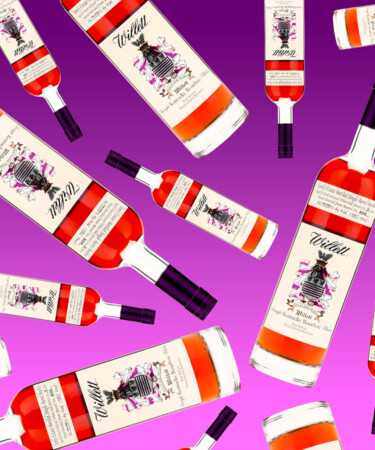Table Of Contents
Whiskey 101
Last Updated: April 19, 2024
Types of Whiskey
Whiskey is an umbrella term for aged spirits made from cereal grains that can be produced anywhere in the world. All whiskeys use either corn, wheat, rye, oats, or barley, and many use a combination of two or three different grains. The different proportions of grains used plays a significant role in determining the end profile of a whiskey, as do the fermentation and distillation processes. The type of oak and the amount of time a whiskey spends in a barrel is also a considerable determinant factor of how a whiskey will taste.
Popular Whiskey Regions
The most popular types of whiskey are Scotch from Scotland, Irish Whiskey, Canadian Whisky, Japanese Whisky, and of course bourbon and Tennessee Whiskey from the United States. Each country has its own set of regulations when it comes to the grains that can be used, what type of barrels the spirit must age in, and how long the whiskey must age before being released.
Whiskey vs Whisky
The difference between whiskey and whisky is purely a matter of spelling, and there are no major differences in regards to ingredients or process. The use, or lack of the letter “e” stems from the varying historical preferences of Ireland and Scotland. Irish producers include the “e,” a practice that later carried over to American-made whiskeys. Scottish distillers do not use the “e,” and both Canada and Japan followed suit.
In the U.S., it’s not uncommon to find the Scottish “whisky” spelling used, particularly among Tennessee producers.
Explore a wide range of Whiskey related reads below, or check out specific guides to Bourbon, Canadian Whisky, Irish Whiskey, Japanese Whisky, Rye Whiskey, Scotch, and Tennessee Whiskey









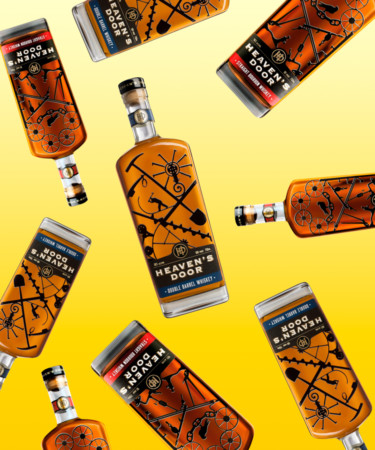





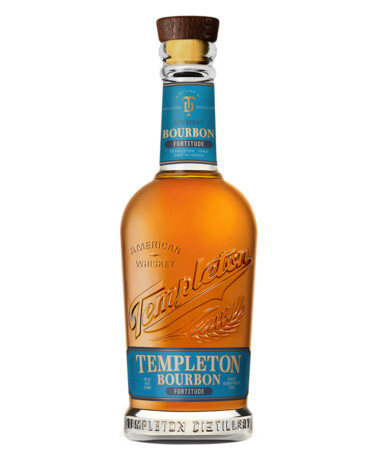




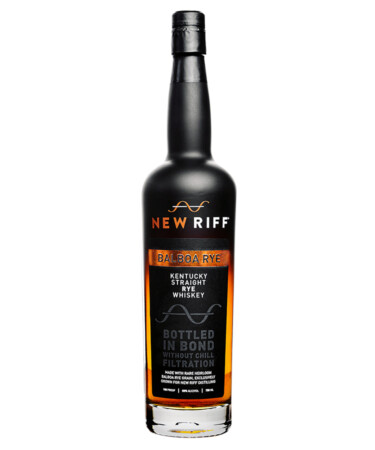

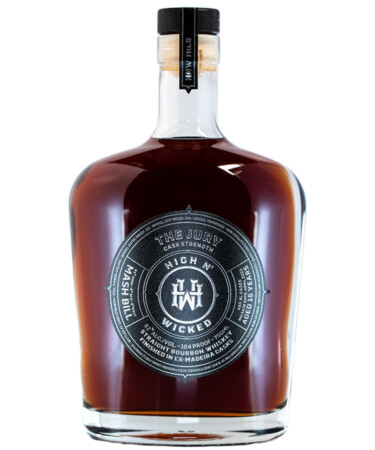









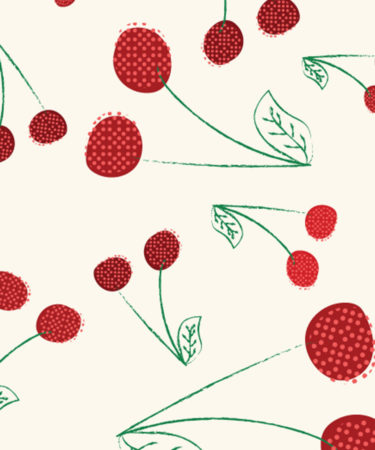



![A Visual Guide to Spirit Cask Types and Sizes [Infographic]](https://vinepair.com/wp-content/uploads/2024/03/the-types-and-sizes-of-barrels-used-for-booze-maturation-infographic-card-375x450.jpg)
![Rabbit Hole: A Kentucky Bourbon Made Without Compromise [Infographic]](https://vinepair.com/wp-content/uploads/2023/12/rabbit-hole-infographic-card-2-375x450.jpg)
![An Essential Glassware Guide for Serving Drinks Like a Pro [Infographic]](https://vinepair.com/wp-content/uploads/2023/06/thebar-infographic3-essential-glassware-guide-card-375x450.jpg)


![The States That Drink the Most American Whiskey [MAP]](https://vinepair.com/wp-content/uploads/2021/07/whiskeyinfographic_card-375x450.jpg)

![The States That Love American Whiskey the Most [Map]](https://vinepair.com/wp-content/uploads/2020/08/bourbonmap_card-375x450.jpg)

























